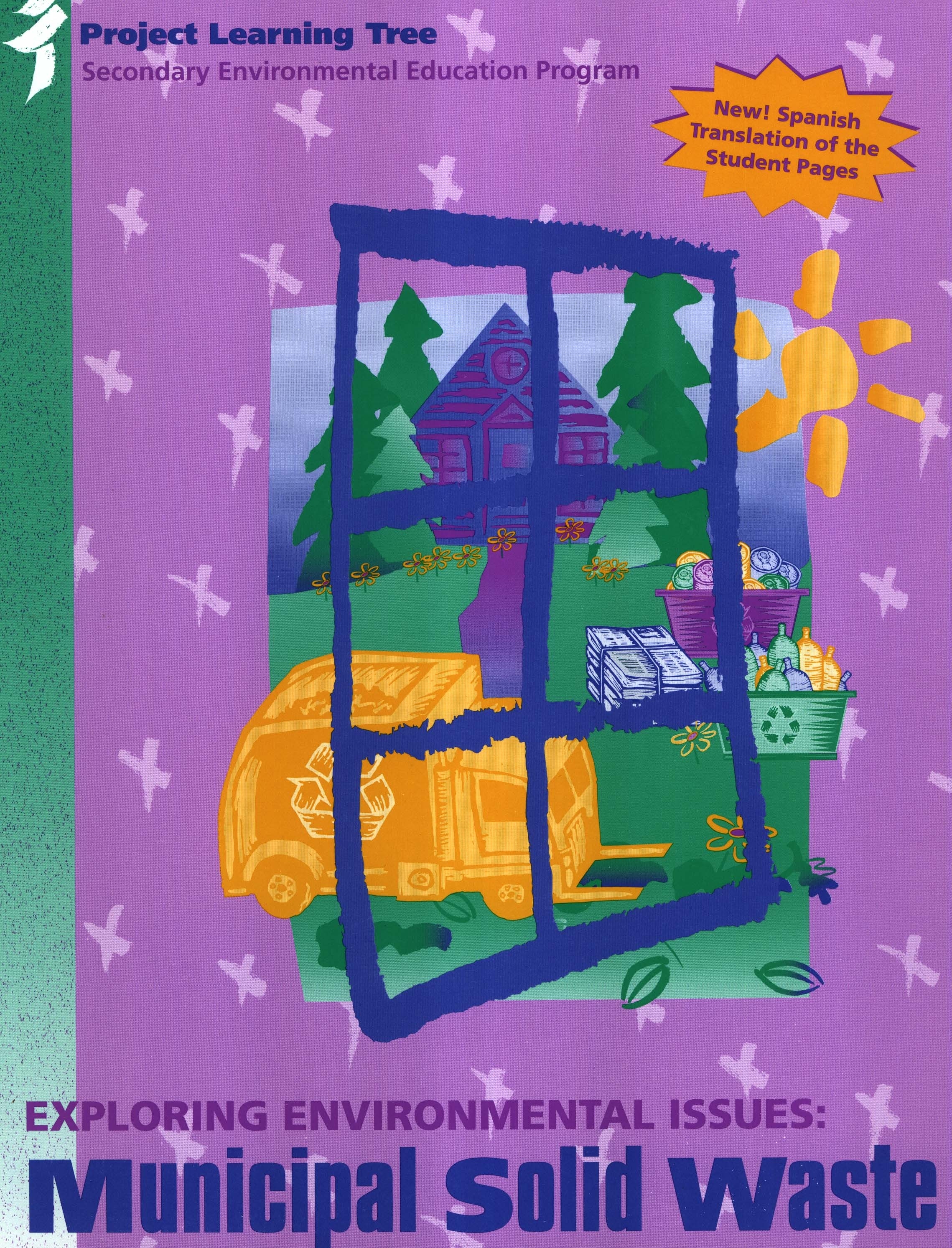
Use this curriculum to explore waste management issues and options with middle and high school students. This resource uses hands-on experiences to show interrelationships among waste generation, natural resource use, and disposal. Eight activities guide learners through waste management strategies and solutions while providing the necessary tools to make informed choices on waste management issues.
“In about 15 years when my students will be running the community, the present landfill will be filled. Decisions will have to be made about siting a new landfill or developing feasible alternatives. The many considerations that must go into such decisions will be very relevant to my students in the future. As a class they saw the relevance to their lives and took their assignments very seriously.”
– Laurel Lonergan
New Stuyahok, Alaska
Student Lessons
1. The Waste Stream
This activity helps students to develop an understanding of municipal solid waste management, its importance, and the role it plays in their community. Students will be introduced to their school’s solid waste management system and investigate it by collecting, analyzing, and graphing data.
2. Source Reduction
Student will learn about the importance of source reduction, or of generating less waste in the first place. They will look at household hazardous waste products and ways to reduce the use of toxic products at home.
3. Recycling and Economics
By conducting field research, students will determine the extent of recycled and recyclable products available in their community. They will also consider market forces of supply and demand with respect to recycling.
4. Composting
Students will explore the value of composting as part of a community solid waste management program and learn about the chemical reactions that occur during decomposition. Students will create their own compost containers, collect compostable waste, and create compost.
5. Waste-to-Energy
Students will learn how a waste-to-energy facility functions by using a case study approach. Participating in a democratic decision making process, students will discover the many factors involved when a community makes decisions regarding municipal solid waste facilities.
6. Landfills
Students will create “miniature landfills” to simulate the movement of leachate in a landfill and demonstrate the importance of liners. By experimenting with different soil types and liners, students will learn about how landfills are constructed to prevent pollution.
7. Where Does Your Garbage Go?
Students will consider the waste management program of a typical municipality, then will study their own community’s program. Through exchanging data with students in another community, both groups will gain additional insights into different waste management programs.
8. Take Action: Success Stories and Personal Choices
Students will analyze and try to improve their own waste generation habits. In addition, they will develop and implement a plan to reduce waste generated in their school.
Get the Materials
Attend a training to get Exploring Environmental Issues: Municipal Solid Waste.
- Contact your PLT State Coordinator about scheduled in-person workshops in your area, or work with him or her to plan one for your unique setting!
- Other secondary curriculum materials can be purchased today from our store.
Additional Resources
- Subscribe to our newsletter to receive notice of new resources that support this curriculum, plus ideas for engaging students with their environment in both a formal classroom and nonformal setting.
- To access all resources, including the Student Pages for each lesson, register (for free!) and log in.
Please remember that all PLT curriculum materials are protected under copyright law. Reproduce responsibly.
Click here for our Content Reprint and Adaptation Policy.


